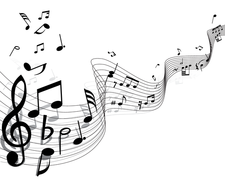Ardour DAW – Fifth Generation
Symphony No. 5

© Lead Image © Pavel Konovalov, 123RF.com
The fifth generation of the free Ardour digital audio workstation is easier to operate, offers more Lua support, and comes with a variety of improvements and extensions.
Just six weeks after the announcement of a forthcoming new Ardour version, the Ardour project released the fifth generation of its free digital audio workstation (DAW) [1]. The impressive list of new features does not promise a total revolution of the proven music production suite, but a variety of improvements and extensions definitely have revolutionary potential. I investigated how the software works in practice.
Saddle Your Keyboards
The free Ardour 5 software is not only available from Ardour's GitHub repository in the form of the current source code [2], the project also offers tried-and-tested installation packages – for Linux, Mac OS, and now, starting with Ardour 5, Windows – in return for a single donation in an amount that you get to choose.
If you want to avoid the fairly complex process of building Ardour yourself from source [3], you might want to acquire such an installation package. Although Ardour can be installed from the repositories of all the major distributions, the packages offered by the project itself are generally more up to date and often more stable than the packages for Debian and openSUSE. Also, the developers on the Ardour.org forum might be slightly irritated if you ask questions about problems with the distribution packages. The packages built by distribution maintainers always contain small deviations from the current state, over which the Ardour team has no influence.
[...]
Buy this article as PDF
(incl. VAT)
